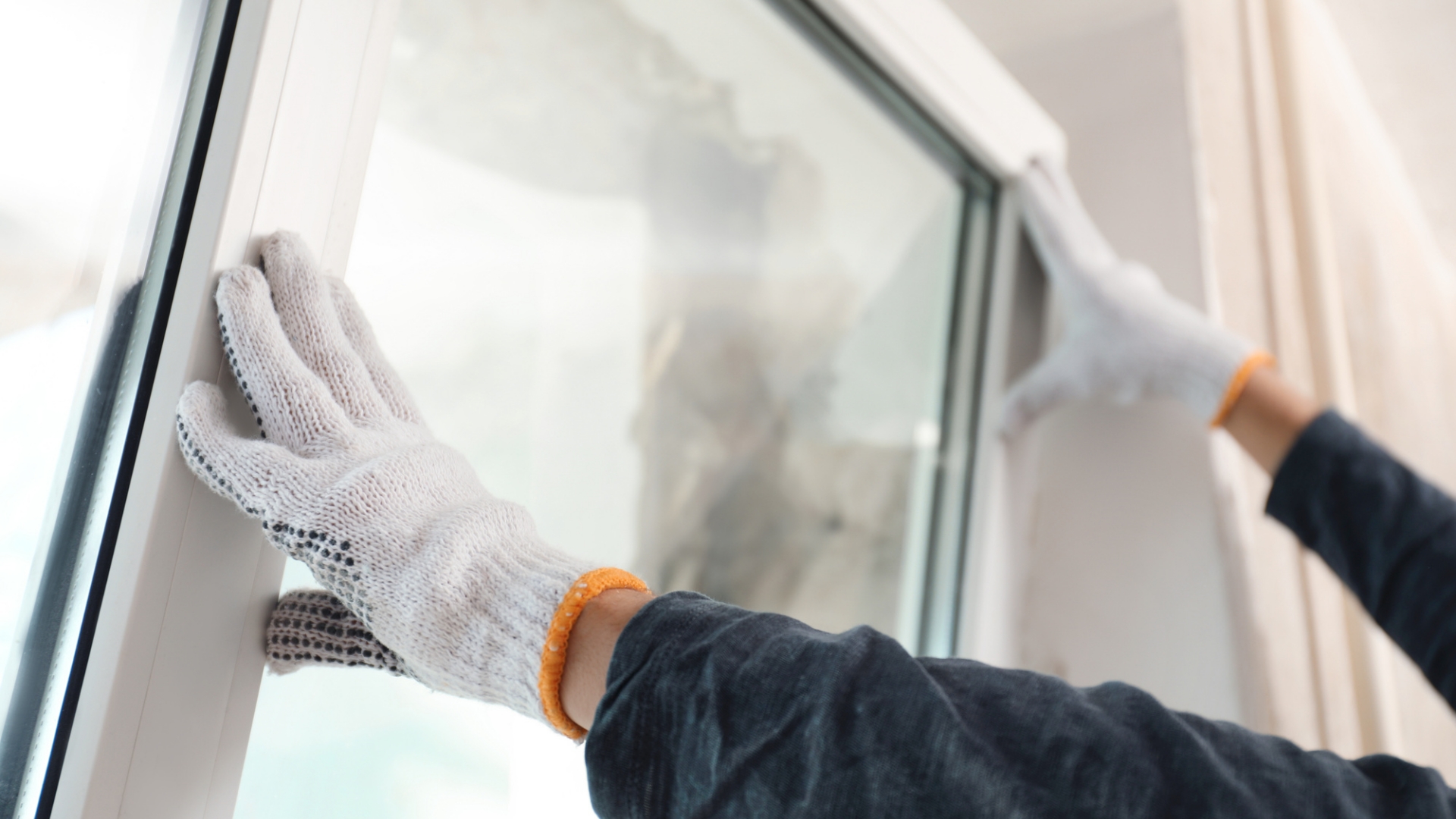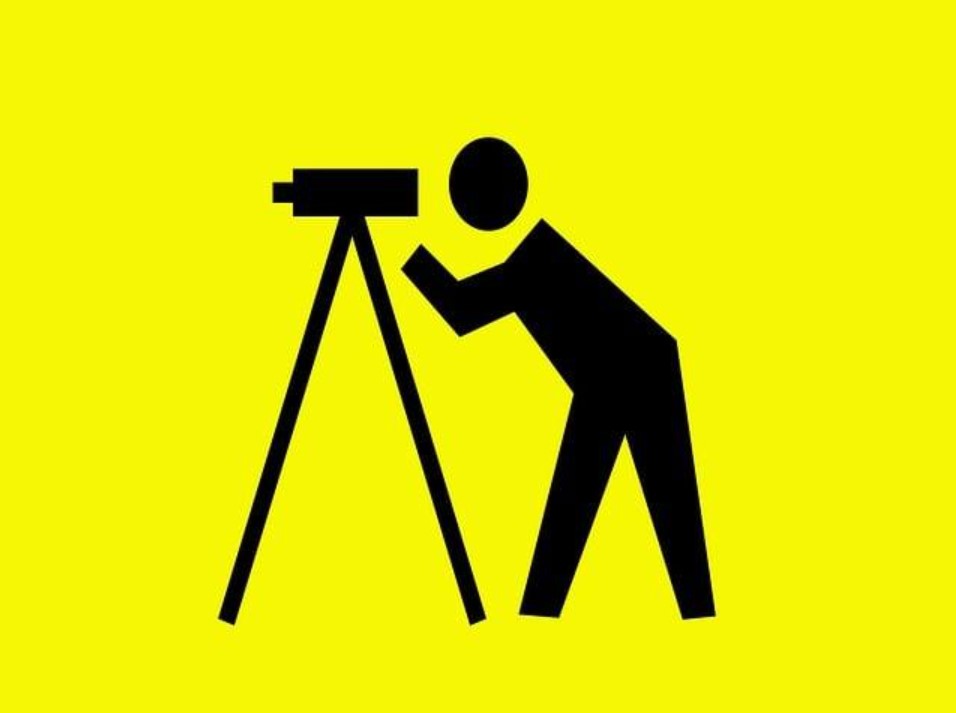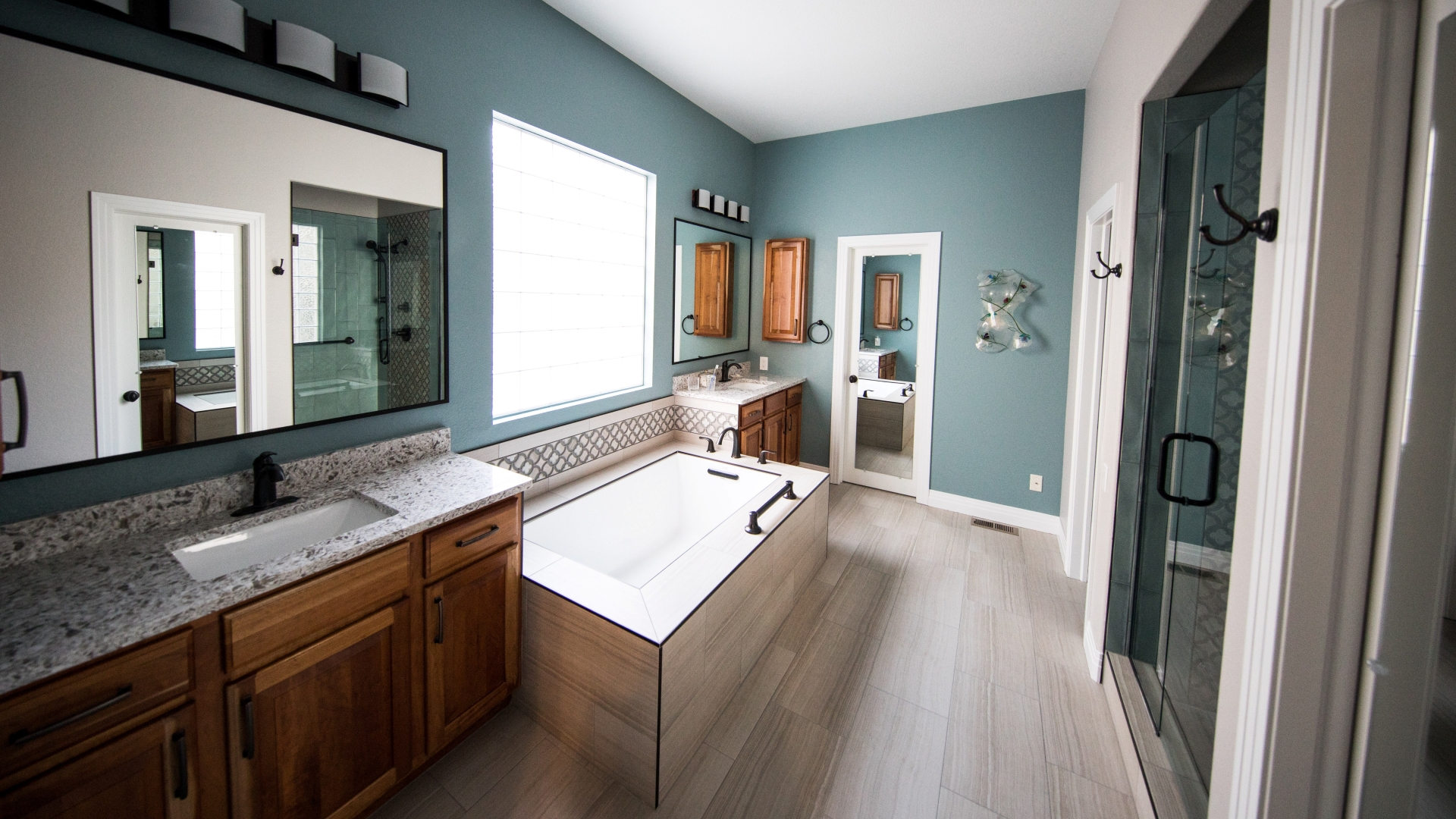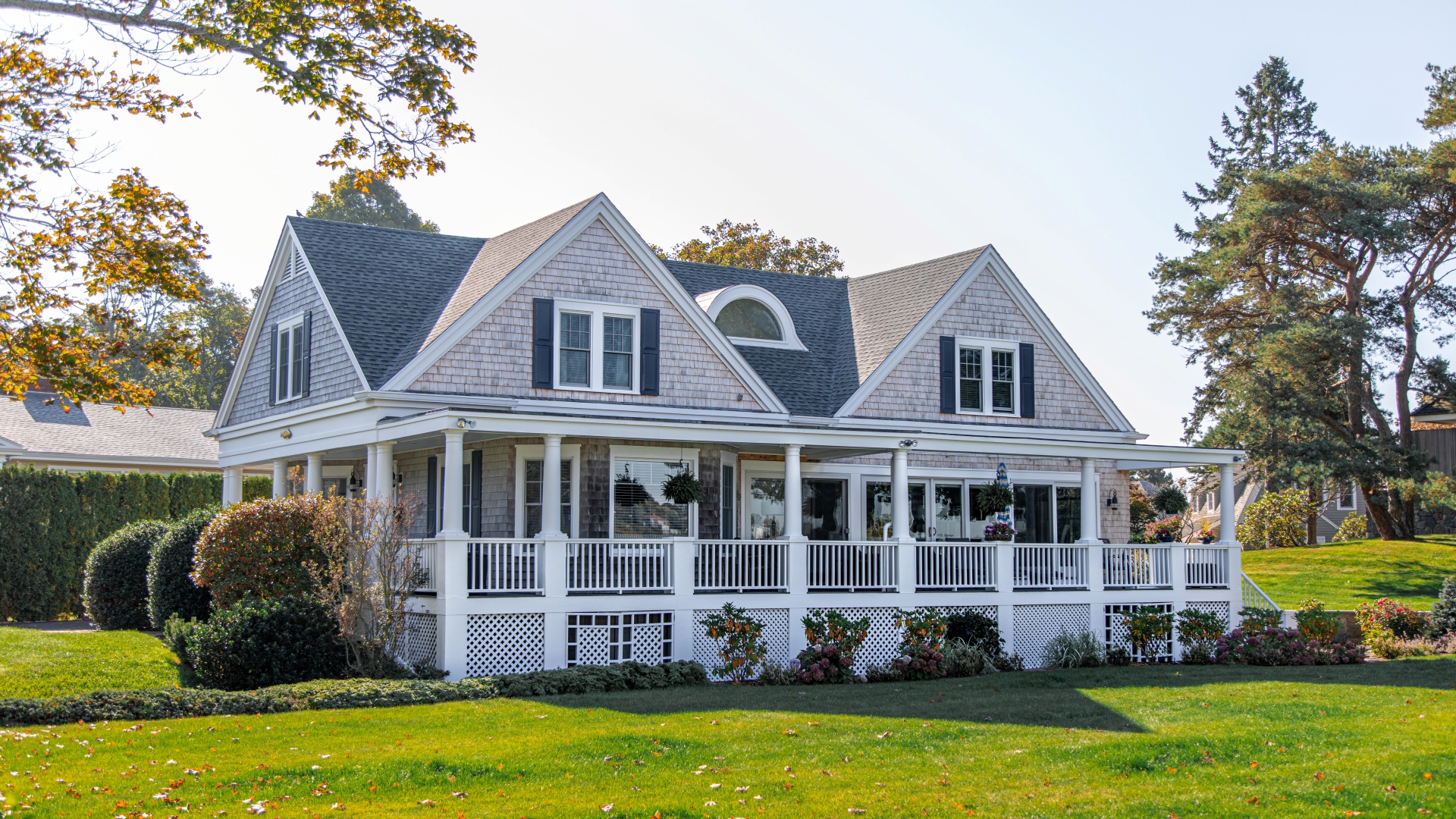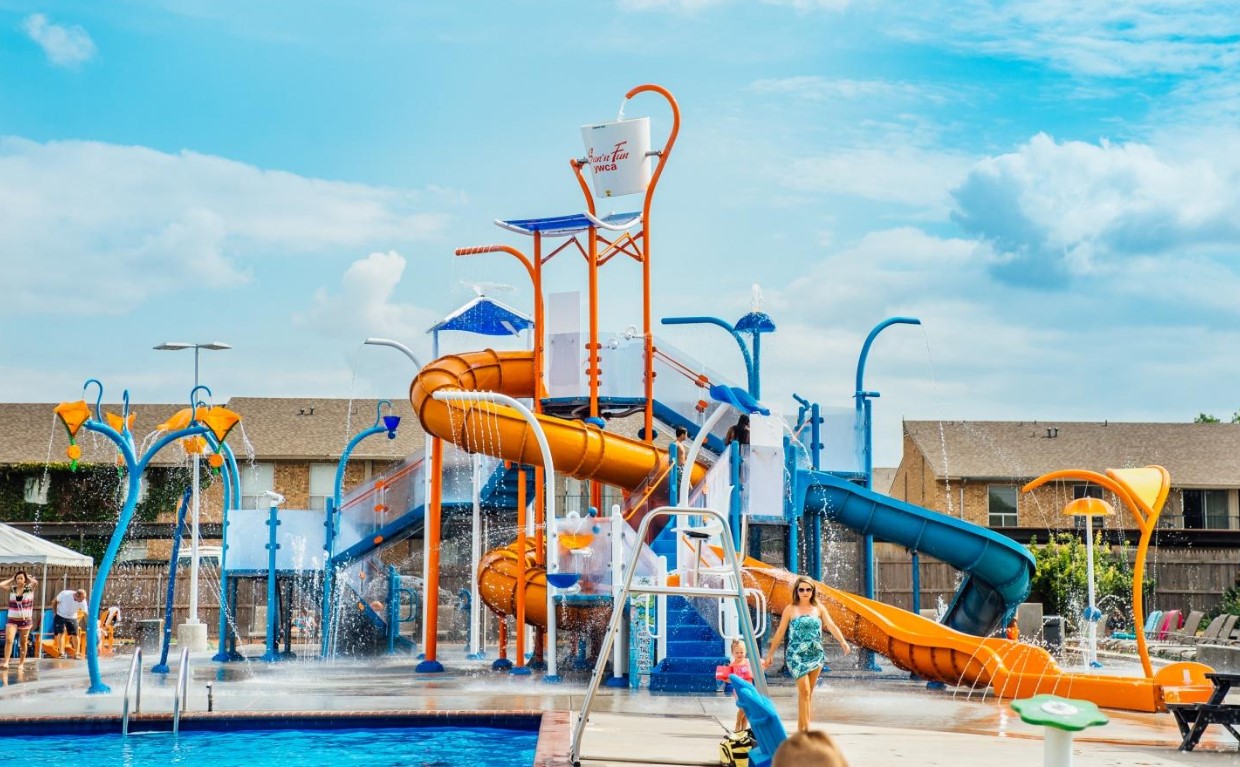Getting horses onto your property can be exciting, but horses have unique needs that must be considered, so creating an ideal environment for them is important. So whether this is your first horse experience or you are upgrading an existing setup, in this blog, we will provide tips on making your property ready to accommodate horses.
 Image by sven kopping from Pixabay
Image by sven kopping from Pixabay
Size Matters: Land and Space Requirements
Just like humans, horses do not enjoy living in cramped quarters. Each horse requires at least 1-2 acres of well-kept pasture in which to graze, move freely, stretch their legs, and enjoy life to its fullest. When planning your space for horses, don’t forget terrain as no horse wants to end up stuck in a swamp after heavy rainfall. Flat, well-drained pastureland is preferable but varied terrain provides healthy exercise opportunities. Check for poisonous plants, harmful debris or holes which might become risks and threaten their safety – think baby proofing but with 1000 pounds more.
Fencing Fit for a Four-Legged King
Cheap, flimsy fences can make for horse-related nightmares. Invest in sturdy horse fencing with strong construction that can withstand curious noses and occasional kicks from horses. Popular choices for such fencing are high-tensile wire, wooden post-and-rail or vinyl rail fencing. Barbed wire should always be avoided to preserve their coat and skin health. Inspect the gates regularly for wear and tear to make sure there aren’t any surprises waiting behind doors. And you should use latches they can’t open with their noses.
Shelter from the Storm (and Sun)
Horses require reliable shelter as a protection from extreme weather conditions like scorching sun, heavy rainfall, or strong winds. A simple three-sided run-in shed should suffice. Stabling should consist of individual 12×12 foot stalls equipped with soft bedding that’s regularly changed and regularly maintained. Ventilation should also not be compromised, as moldy air isn’t good for either of us humans nor for your equine companions.
A Buffet Fit for Horses
Proper horse nutrition begins with well-kept pasture, but additional feed and hay may be necessary. Horses are natural grazers and thrive with regular feeding schedules. Store hay in an airtight bin away from rodents to avoid spoilage and contamination. Water consumption should also be prioritized. Use automatic waterers or ensure regular maintenance on any troughs to provide your equine friend with plenty of hydration.
Tack and Equipment Storage
No one enjoys spending hours searching for their saddle or bridle, which is why a secure, organized tack room should be important to every horse owner’s toolbox. Hooks, shelves and labeled bins will help make life simpler so that more time can be spent riding instead of hunting down an unaccounted-for curry comb.
Emergency Preparedness
Horses may be large and beautiful creatures, but they’re also vulnerable to accidents and illness. Be prepared with important first aid supplies like bandages, antiseptic and pain relievers in case an incident arises. Form a strong bond with your local veterinarian as well as create an emergency plan which includes transport options should anything arise that necessitates emergency attention for your equine friend.
Conclusion
Owning horses is both exciting and fulfilling, however, it requires hard work on both parts. By taking time and care in preparing your property for the horses, as well as investing in their welfare (from fencing to shelter), each detail contributes towards creating happier horses who lead healthier lives. Once your property is prepared, embrace your inner cowboy or cowgirl, and ride free.





